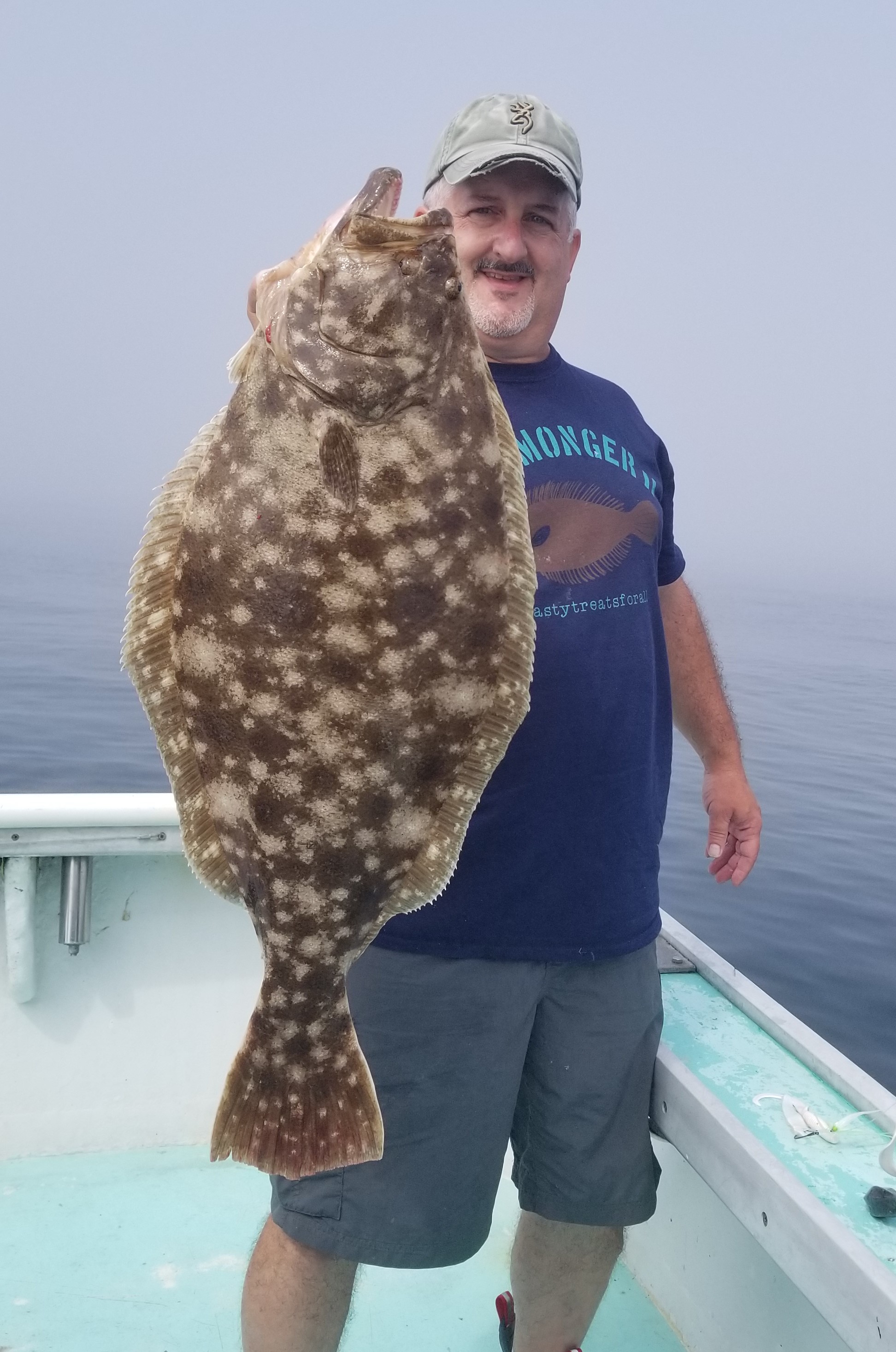

Jetties are a great structure to fish around in the surf even among many of the other prominent surf structures. Pompano Rig with Squid for Flounder (Left) Top-Bottom Rig with Bloodworm for Fluke (Right) Flounder Fishing Around Jetties If your fish or squid starts to look soggy and discolored over time, remove it and replace it with a fresh piece. Keep in mind that flounder love fresh bait. Instead of cutting the fish into chunks, fillet the fish and slice it into strips. However, downsize an inch or so when fluke fishing. This extra length makes it flutter in the current as you reel in your bait, which is highly attractive to flounder. To prepare your squid for flounder cut it into the shape of a long, thin triangle about 1-inch wide and at least 4-inches long. Wide gap is by far the most popular style of hook for flounder fishing. This style of hook is excellent for “sandwiching” multiple baits on a single hook. We highly recommend using a top-bottom or pompano rig with #4 wide-gap hooks like those found in our surf fishing kit. When rigging your bait for flounder, the most popular rig is a top-bottom rig. This will create a more life-like action, enticing the flounder to bite. Then simply reel it in slowly while bouncing up and down off the bottom.

When using a jig for flounder, make sure that it’s on the bottom after the cast. We highly recommend adding a piece of natural bait to your jig and soft plastic if it’s available. You can put the white grub on a jig, or you can put it on a bare hook of your top-bottom rig for added attraction. A white curly-tail grub like that found in our surf fishing kit is an excellent attraction for flounder. It’s safe to say that jigs are the ultimate artificial bait to use for flounder since they’re weighted and can easily stay on the bottom. In summary, use bloodworms for winter flounder and squid for fluke. Squid is often the most popular and universal bait because of their abundance and ability to be rigged attractively. Squid, shrimp, and crabs are a staple of their diet as well. Fluke will feed on just about any fish or piece of fish they can fit in their mouth, including mullet, spot, perch, silversides, and mud minnows. These are a much more predatory fish than their toothless relatives. When fishing in warmer waters, you’re most likely to catch the aggressive southern and summer flounder, also called fluke. Worms make a great bait for these flatfish because they are the natural forage and stay on your hook better than shellfish. Bloodworms are the ticket to catching winter flounder. Their diet mostly consists of worms, clams, sand eels, and mussels. These smaller flounder have toothless mouths that they use to suck worms out of the sand and mud. If you’re surf fishing in the colder Atlantic waters of New England, you’re likely to encounter the winter flounder. If surf fishing for flounder sounds enticing to you too, then jetties and piers are great places to begin. But don’t be fooled-flounder aren’t flat, helpless fish most have sharp, needle-like teeth built for aggression. While flounder aren’t known for their fighting ability or performing any spectacular blitzes, they are known to many as the best-tasting catch in the sea.


Among flatfish, flounder fishing and fluke fishing is arguably the most popular fishing among saltwater fishermen, especially in the inland waterways. Flatfish species of all sorts can be found all along the Eastern Seaboard from New England to Florida and into the Gulf, then up through California along the Pacific coast.


 0 kommentar(er)
0 kommentar(er)
